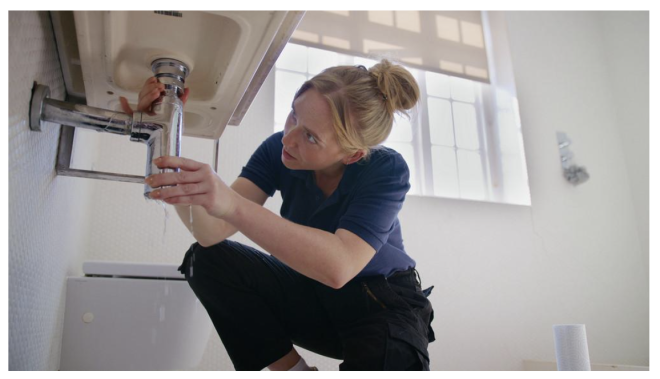- Change theme
Stop the Drip: How Small Bathroom Upgrades Can Prevent Big Water Damage Costs

The bathroom is a vital part of any home, serving not only for hygiene but also as a space for relaxation and renewal.
00:44 23 May 2025
The bathroom is a vital part of any home, serving not only for hygiene but also as a space for relaxation and renewal. However, with the frequent use of water by multiple fixtures, it is a primary area of concern when preventing water damage. According to Upkeep.com, the combined water usage from toilets, showers, and faucets accounts for a significant 62% of all water consumption inside a home. This staggering percentage underscores the importance of maintaining these fixtures in optimal condition to prevent waste and avoid potential damage. A small leak may appear benign, yet over time, it can contribute to much larger issues that are costly to rectify.
Our homes' longevity and solidity often depend on the unnoticed daily decisions we make regarding maintenance and upgrades. When water usage is unchecked, it can swell costs unexpectedly. This highlights why homeowners should be proactive in addressing potential areas of water leakage. Despite the inevitable wear that occurs over time, minor upgrades can substantially reduce risks and costs. By ensuring the bathroom’s major water fixtures are well-maintained or upgraded as necessary, many cases of water-induced damage may be averted.
The Steep Costs of Ignoring Water Leaks
Neglecting minor water leaks may seem trivial at first, but it incurs a heavy financial burden in the long run. Forbes reports that the national average cost to replace a shower door is about $700. When viewed singularly, such an expense might appear manageable. However, it's important to consider this in the larger context of a worn-out or poorly maintained bathroom. Delay in addressing bathroom issues could lead to further, more extensive repairs, each carrying its own financial implications.
Water damage restoration is neither a small nor a simple expense. According to Jobber, the average cost for homeowners to restore water damage is $3,814. Such an investment signifies the extent of possible devastation from persistent leaks and unchecked water flow. In essence, acting upon updating or repairing bathroom fixtures sooner can circumvent this sum, maintaining your home’s integrity and your financial security. By taking preventive measures, you can potentially avoid the necessity for costly restorations.
Strategies for Effective Bathroom Upgrades
To effectively upgrade your bathroom while preventing significant water damage, it's crucial to start small but think substantially. Replacing worn-out fixtures like showerheads, faucets, and toilets significantly reduces unnecessary water use and prevents leaks. While such upgrades may involve an initial investment, this is offset by savings in water bills and decreased risk of costly water damage repairs. Ensuring a drip-free bathroom also maintains the home’s market value, a factor that potential buyers appreciate tremendously. This not only secures your immediate living experience but also enhances the home's allure for future resale.
When contemplating bathroom upgrades, think of faucets and toilets that promote water conservation. Technology has introduced low-flow options that are not only environmentally friendly but also financially beneficial in the long run. Installation of water-efficient fixtures is a win-win situation, curbing water waste and sustaining your home’s economic health. Adopt water-saving technologies and practices to make your home an eco-conscious living space. These upgrades not merely preserve the home’s breadth but expand its functional life span.
Furthermore, consider shower door replacements where necessary. Although, as noted by Forbes, shower door replacement incurs a $700 average cost, it is worthwhile for preventing mold development from persistent water spill. Addressing protective measures like proper sealing ensures water remains contained within the designated areas. Taking preventative measures is crucial for safeguarding against unnecessary complications. By understanding and implementing strategic upgrades, homeowners can control water usage efficiently, significantly reducing the risk of unforeseen, monumental expenses.
